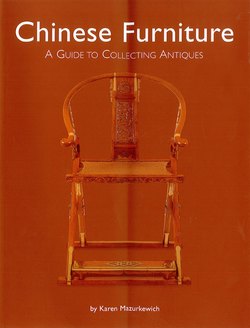Буквоед – книжный интернет магазин: купить книги, учебники...

Буквоед – это книготорговая сеть и интернет магазин, где можно купить книги, учебники, подарки, сувениры, товары для детей, товары для творчества, канцелярию и сладости...
Реклама. ООО «Новый Книжный Центр», ИНН: 7710422909, erid: LatgBWbuV.
Купить книги с доставкой — книжный интернет-магазин Буквоед

Широкий выбор книг по низким ценам в интернет-магазине Буквоед. 3 000 000 товаров на любой случай. У нас легко найти и купить книгу. Выбирай по наименованию, автору, серии, издательству и заказывай! Дарим бонусы за заказ.
Реклама. ООО «Новый Книжный Центр», ИНН: 7710422909, erid: LatgBWbuV.
Подборка книг: «Поднебесная. Китай»

«Читай-город» ищет самые интересные книги и объединяет их в подборки. Представляем Вам подборку «Поднебесная. Китай». Приятного чтения!
Реклама. ООО «Новый Книжный Центр», ИНН: 7710422909, erid: LatgBWGRZ.
-
Chineasy (ШаоЛань Сюэ) — купить в МИФе
 www.mann-ivanov-ferber.ru Купить
www.mann-ivanov-ferber.ru КупитьРеклама. ООО "МАНН, ИВАНОВ И ФЕРБЕР", ИНН: 7703809969, erid: LatgBXGsM.
Читай-город — интернет-магазин книг
 www.chitai-gorod.ru Купить
www.chitai-gorod.ru КупитьРеклама. ООО «Новый Книжный Центр», ИНН: 7710422909, erid: LatgBWGRZ.
Лучшие книги по дорамам: подборка от «Читай-города»
 www.chitai-gorod.ru Купить
www.chitai-gorod.ru КупитьРеклама. ООО «Новый Книжный Центр», ИНН: 7710422909, erid: LatgBWGRZ.
Канцелярия < Каталог — Интернет-магазин Буквоед
 www.bookvoed.ru Купить
www.bookvoed.ru КупитьРеклама. ООО «Новый Книжный Центр», ИНН: 7710422909, erid: LatgBWbuV.
В каком порядке читать книги Николая Свечина... — Буквоед
 www.bookvoed.ru Купить
www.bookvoed.ru КупитьРеклама. ООО «Новый Книжный Центр», ИНН: 7710422909, erid: LatgBWbuV.
Карта магазинов — Буквоед
 www.bookvoed.ru Купить
www.bookvoed.ru КупитьРеклама. ООО «Новый Книжный Центр», ИНН: 7710422909, erid: LatgBWbuV.
Каталог — Интернет-магазин Буквоед
 www.bookvoed.ru Купить
www.bookvoed.ru КупитьРеклама. ООО «Новый Книжный Центр», ИНН: 7710422909, erid: LatgBWbuV.
Для формирования результатов поиска книг использованы различные сервисы поисковых систем.
Выше вы можете купить бумажную и электронную версию книги дешево и по самой лучшей цене в известных интернет-магазинах Лабиринт, Читай-Город, Буквоед, МИФ, Озон, book24, Литрес. Книги можно купить со значительными скидками!
